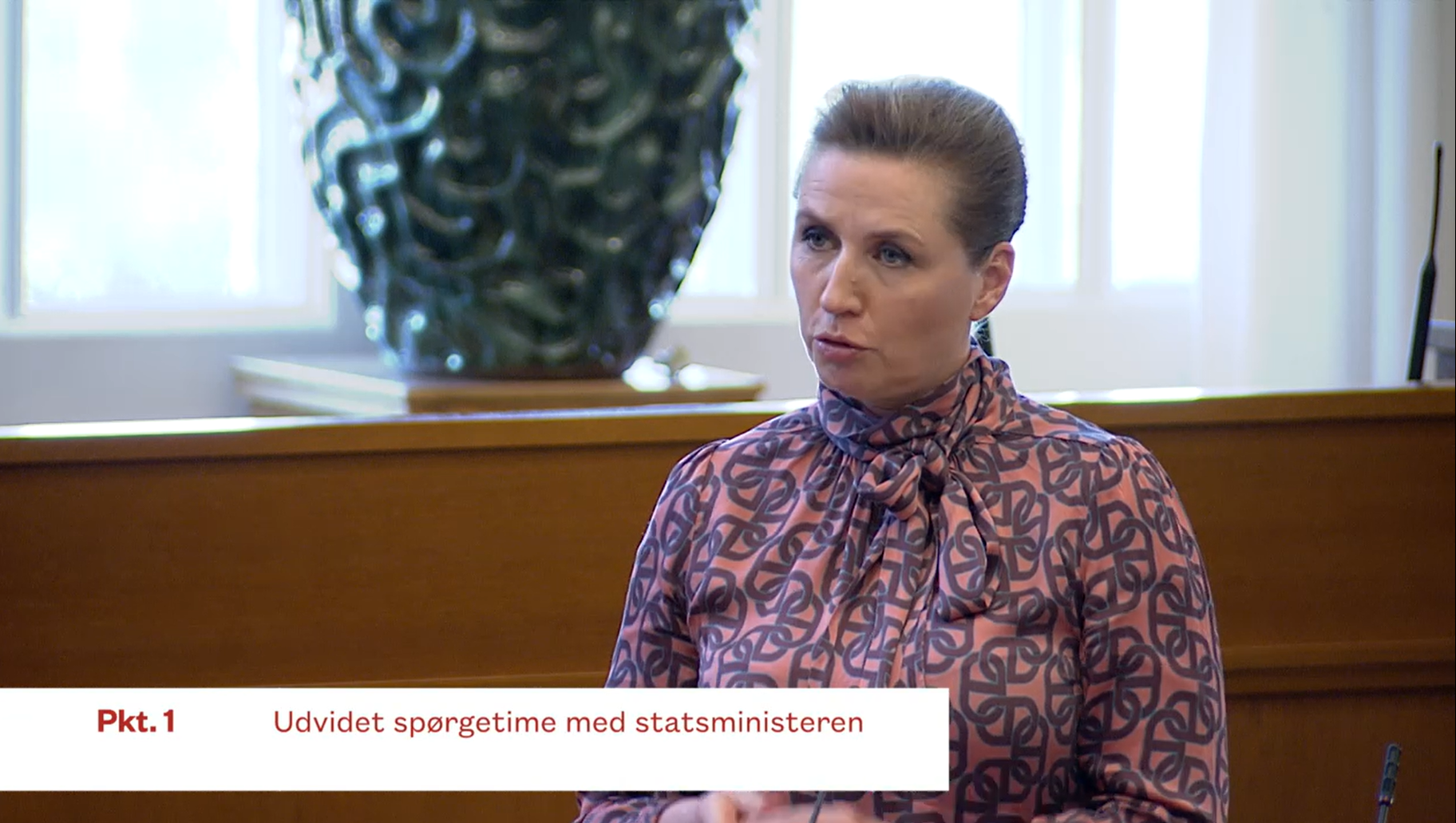An American citizen born to Danish parents, George Jorgensen Jr would return to Denmark to transform into the woman he had always dreamed of being. The unconfident and depressed George became the beautiful and successful Christine, and an international symbol for the rights and acceptance of life as a transsexual, courageously breaking social barriers starting in 1953.
On 20 May 1926, Jorgensen was born in the Bronx, a borough of New York City. He reported a fairly happy childhood, but hiding just below the surface, he always knew something was different. So did his mother, and she would later tell Jorgensen that she chose to ignore his difference because she didnÂ’t know how to deal with it. In American Weekly magazine in 1953, Jorgensen, who had become Christine at that point, wrote that he remembered praying at night that Santa Claus would bring him a doll just like his older sister, Dorothy. Instead, he received a bright red train and had to hide his disappointment.
During his teenage years, young Jorgensen’s alienation became more pronounced. A thin, pale child, he grew into a slight, delicate young man. Jorgensen felt “lost between the sexes”, a woman trapped in a man’s body. He found some solace in attending the dances held at the Danish-American Beach Club in New York. But rather than ask the teenage girls to dance with him, like the other boys did, Jorgensen stood at the side and admired the girls’ dresses and their ability to flirt. The girls, in turn, admired his long eyelashes, giggling portentously that, “he should have been born a girl.”
JorgensenÂ’s father was a photography buff. During his senior year of high school, Jorgensen sublimated his conflicted feelings by pouring himself into learning the craft of photography. He thought that perhaps by becoming successful professionally, he could overcome his constant feeling of being alone in the world. GeorgeÂ’s father was thrilled and helped him build a darkroom at home.
After high school, Jorgensen got a job cutting together newsreels for RKO-Pathe News. The job gave him the idea that he could perhaps one day use his photography skills to make motion pictures. Hollywood became a private dream for the shy, thin young man.
Though he came of age during World War Two, JorgensenÂ’s physical stature led him to be rejected for army service twice by the United States Draft Board. But the third time he was called before the Draft Board, Jorgensen passed his physical examination and was approved for service in the armed forces. Jorgensen was intelligent and passed the qualifying exams to be given a job as a clerk, never seeing combat. Jorgensen had a relatively easy time in the army, considering his physical stature. Despite this, feelings of being trapped between the sexes remained in the back of the young servicemanÂ’s mind. After completing his army service, George resurrected his Hollywood dream and moved to California.
In his early 20s, California seemed like a land of possibility far away from his awkward youth in New York, but sadly his dreams did not come true there either. In California, Jorgensen was friends with two Danish ladies, Lone and Ellen. The three went shopping together and socialised in Hollywood clubs and restaurants in the evenings. Jorgensen helped them prepare for dates with Hollywood moguls, choosing accessories and hairstyles for the women. Though he was close friends with Lone and Ellen, his alienation remained just below the surface, leading to a permanent state of depression and shame. Jorgensen felt unable to share the true cause of his anxiety, and the emotional turmoil sapped his energy and confidence in finding Hollywood success; he returned to New York.
Under the ‘GI Bill’, the US government paid for servicemen like Jorgensen to attend college. At this time, his feelings and feminine tendencies became so pronounced that Jorgensen started researching possible medical causes. At libraries in New York, he researched and read that the treatmement for hormonal imbalances was at an advanced stage in Scandinavia. Jorgensen, convinced that he was actually a woman trapped in a man’s body, began taking female hormones without the supervision of a medical doctor. It was a bad idea, but he was desperate.
Luckily, a medical friend convinced him to stop his adventures in self-treatment and follow up on his research. “Go to Scandinavia and see if the researchers and doctors there can help you,” his friend said. So in 1950, at the age of 24, Jorgensen set sail for Denmark, never to return to the US as a man.
Jorgensen’s friend from Hollywood, Ellen, had returned to Denmark and met him at Copenhagen Harbour. She suggested that he visit a Danish doctor called Christian Hamburger. Dr Hamburger, along with others, was working on cutting-edge hormonal research. He agreed to take on Jorgensen’s case pro bono if Jorgensen would agree to be his research subject. Jorgensen happily agreed – hopefully this would finally provide relief from his crisis.
The Copenhagen doctors diagnosed Jorgensen with a glandular problem. He did not have an AdamÂ’s apple, and his sexual organs had never matured to an adult state. At that time, research into hormonal and glandular problems and transsexualism was being successfully conducted in Scandinavia and Germany. Little was being done in the field in the US. The doctors suggested he begin hormonal treatment.
Over the next two and a half years, Jorgensen would undergo intensive hormonal treatment and several operations at CopenhagenÂ’s Rigshospitalet to remove his male sexual organs. At the end of the treatment in 1953, George Jorgensen Jr was no more. He had transformed into a she, the beautiful, blonde Christine Jorgensen. Christine chose her new name in honour of Dr Christian Hamburger, who had believed in her case enough to help her become who she felt she was inside.
Over the course of her treatment in Denmark, Jorgensen became happier and happier. She made friends, taught classes in colour photography, and began making a film about her travels. She finally felt comfortable in her skin. Jorgensen wrote in ‘American Weekly’ that, after she underwent her final operation, she went to the beauty salon with a Danish female friend. The pair got their hair and nails done and went to Tivoli amusement park to celebrate. At Tivoli, a place Jorgensen loved, she got her first catcall from a group of American soldiers on leave. Of this time, Jorgensen later said: “My years of insecurity were over, and my energy was boundless.”
Jorgensen’s parents came to visit her in Copenhagen and meet their new ‘daughter’. They expressed happiness because their child was finally happy. Overall, the European attitude towards sex and sexuality was more relaxed than the American attitude that Jorgensen had fled from.
Her story began to spread – first in Denmark and then around the world. She began receiving letters from hundreds of lonely and desperate people to whom she was an inspiration. For the majority of her life, Jorgensen had been a shy, insecure person, but reading the anguished letters supporting her actions, she began to feel that it was her duty to speak out in public.
Jorgensen sold her exclusive story to ‘American Weekly’ and went on to live the rest of her life as a public figure. Returning to the US in 1953, clad in furs and red lipstick, she was met by a cadre of reporters and never looked back. Jorgensen supported herself with speaking engagements and her nightclub act in which she sang ‘I Enjoy Being a Girl.’ After her parents died, she moved to California again, finally feeling at home, accepted as a woman and recognised as a bona fide celebrity.
Before Jorgensen died of cancer in 1989, she authored ‘The Christine Jorgensen Story: An Autobiography’, which was also made into a film.
She died a celebrated woman who had advanced the public’s understanding of transsexualism and acceptance that some people do not feel comfortable living as the ‘wrong’ gender.













